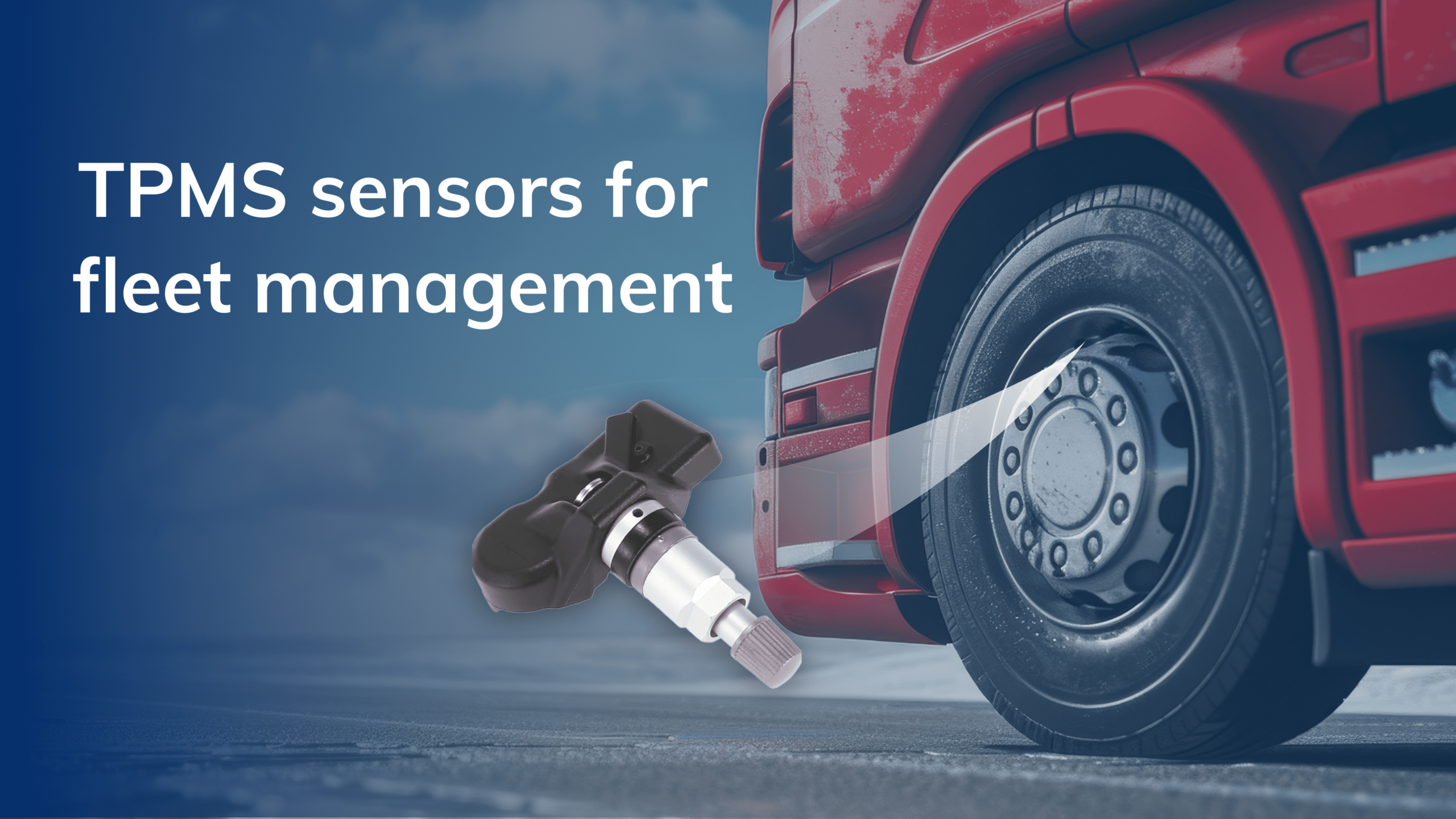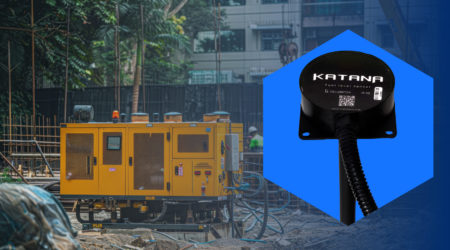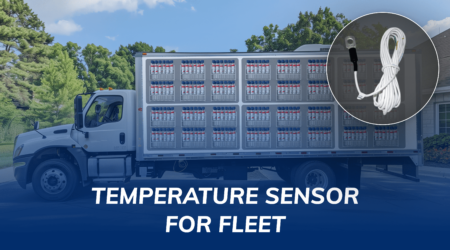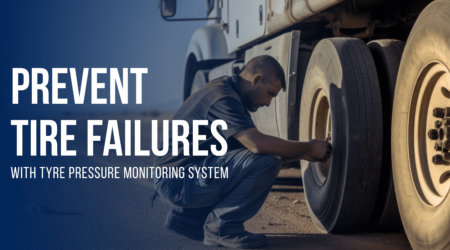How TPMS Sensors Have Evolved Fleet Management

The Problem: Manual Tire Checks
Traditionally, managing tire pressure involved time taking manual checks. This often led to inaccurate readings, increased risk of blowouts, and higher fuel consumption. The inefficiency of manual checks resulted in frequent tire replacements, raising operational costs and lowering overall fleet efficiency.
The Turning Point: Introduction of TPMS
TPMS sensors changed the game by providing real-time data on tire pressure. Initially a luxury feature, TPMS quickly became essential for fleet management. Direct TPMS sensors replaced unreliable manual checks, enhancing safety by preventing blowouts and improving fuel efficiency through proper tire pressure maintenance.
Transformative Impact on Fleet Management
TPMS technology’s integration into fleet management systems brought significant improvements:
- Automated Monitoring: Fleet managers receive instant alerts on tire pressure issues, allowing for immediate corrective actions.
- Efficiency Gains: A logistics company reported a 12% increase in fleet efficiency and a 25% reduction in tire-related downtime after adopting TPMS sensors.
- Cost Savings: Proper tire pressure reduces fuel consumption and extends tire life, leading to substantial cost savings.
Beyond Basic Monitoring: Advanced Features
Modern TPMS systems offer comprehensive data on tire health, including temperature and wear patterns. These systems integrate with telematics for detailed analysis, enabling predictive maintenance. By taking a proactive approach, managers are alerted to potential problems early, preventing escalation and reducing both downtime and maintenance expenses.
 Future Trends in TPMS Technology
Future Trends in TPMS Technology
Looking ahead, TPMS technology continues to evolve. Future developments may include AI-driven analytics for more accurate tire issue predictions and enhanced integration with fleet management software for streamlined operations. These advancements will further set TPMS as an necessary tool for fleet management.
Conclusion
The evolution of TPMS sensors has evolve fleet management by enhancing safety, reducing costs, and improving efficiency. For fleets looking to optimize operations, embracing TPMS technology is not just beneficial—it’s essential. By staying ahead of technological advancements, fleet managers can ensure their operations remain safe, efficient, and cost effective.




